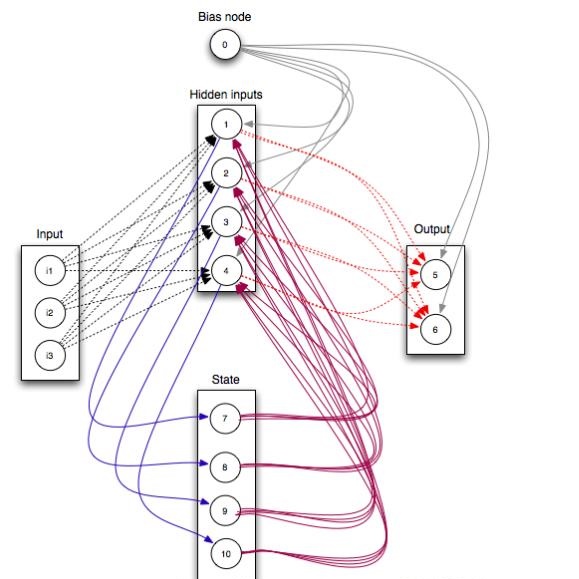We revisit the challenging problem of training Gaussian-Bernoulli restricted Boltzmann machines (GRBMs), introducing two innovations. We propose a novel Gibbs-Langevin sampling algorithm that outperforms existing methods like Gibbs sampling. We propose a modified contrastive divergence (CD) algorithm so that one can generate images with GRBMs starting from noise. This enables direct comparison of GRBMs with deep generative models, improving evaluation protocols in the RBM literature. Moreover, we show that modified CD and gradient clipping are enough to robustly train GRBMs with large learning rates, thus removing the necessity of various tricks in the literature. Experiments on Gaussian Mixtures, MNIST, FashionMNIST, and CelebA show GRBMs can generate good samples, despite their single-hidden-layer architecture. Our code is released at: \url{https://github.com/lrjconan/GRBM}.
翻译:我们重新审视了培训Gaussian-Bernoulli限制Boltzmann机器(GRBMs)这一具有挑战性的问题,引入了两种创新做法。我们提出了一部新的Gibbs-Langevin抽样算法,该算法优于Gibbs抽样等现有方法。我们提出了一种经过修改的对比差异(CD)算法,这样人们就可以从噪音开始用GRBMs生成图像。这样就可以将GRBMs与深层基因化模型进行直接比较,改进按成果管理文献中的评估程序。此外,我们还表明,修改的CD和梯度剪报足以以高学习率对GRBMs进行强有力的培训,从而消除了文献中各种技巧的必要性。关于Gaussian Mixtures、MMIST、FashinonMMS和CelebA的实验显示GRBMs可以生成好样品,尽管它们的是单层结构。我们的代码在以下发布:<https://github.com/ljconan/GRBM}。



